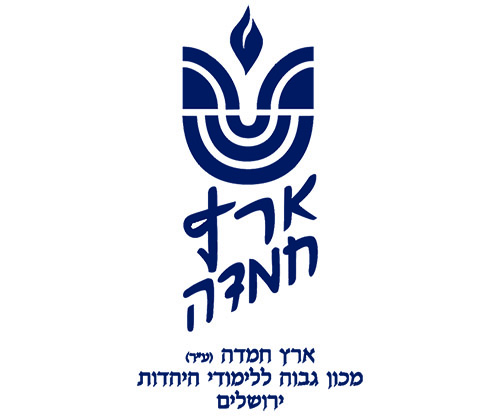
Question: I will be blowing shofar in an Ashkenazi minyan. What should I be doing about blowing tashrat (tekia-shevarim-teruah-tekia) — with neshima achat (shevarim and teruah with “one breath”) or shtei neshimot (a significant break between them)?
Answer: The Gemara (Rosh Hashanah 34a) derives the need for three sets of shofar blasts during Rosh Hashanah, with a teruah sandwiched between tekiot. The Gemara identifies two types of crying as candidates for teruah, what we call shevarim and what we call teruah. Rav Avahu instituted doing tashrat. The Gemara rejects the possibility this covers both the opinion of shevarim and that of teruah, because the incorrect blast creates a disqualifying break in the set. The Gemara concludes that he did tashrat sets in addition to shevarim ones (tashat) and teruah ones (tarat), because of the possibility that shevarim and teruah together in that order are the correct teruah.
Rabbeinu Tam (cited by the Tur, Orach Chayim 590) says that since it is abnormal for one to change quickly from one type of cry to another, there should be a reasonable break (shtei neshimot) between shevarim and teruah. Consistent with this break, the Tur says that we refer to a full recitation of all the sets as 30 kolot — and not 27 — because shevarim and teruah count separately.
However, many Rishonim say that shevarim and teruah should not be separated significantly (neshima achat). The strongest claim is that since they form a single, albeit complex kol, it should be done as one unit (Ramban, Rosh Hashanah 34a), i.e., without breaks (see Sukka 53b). While there is a machloket whether there should be some break between the tekia and teruah (ibid.), all should agree that there should not be one within a set of teruah. On the other hand, one can argue that shevarim teruah is purposely not like the components of a single teruah unit.
The Terumat Hadeshen (I:142) sees no way to decide between the opinions and makes a suggestion that the Shulchan Aruch (Orach Chayim 590:4) accepts. During the first set of 30 kolot, do neshima achat, and during the second set, do shtei neshimot (the Terumat Hadeshen believes the order does not make a difference), and that way one fulfills the basic obligation of shofar blowing according to all major opinions at some point. The Rama (ad loc.) says that the minhag is to do everything as shtei neshimot. The Mishna Berura (590:20) reports minhagim going either way in his times and supports continuing with them.
The Beit Yosef (Orach Chayim 590; see Mishna Berura 590:17 and Sha’ar Hatziyun 590:14) posits that according to those who say neshima achat, one does not fulfill the mitzvah with shtei neshimot, but according to those who prefer shtei neshimot, one fulfills the mitzvah even if he did it as neshima achat. The Beit Yosef’s assumption has gone a long way in turning contemporary practice toward neshima achat, especially when one does only 30 kolot (i.e., for those who cannot come to shul). How much one prefers neshima achat impacts on whether to do any shtei neshimot (most expert ba’alei tokeiah do), to do shtei neshimot in 31-60 or only in the last 30-40 after chazarat hashatz. There was once a minhag (see Rama, Orach Chayim 592:1) to do only one set of tashrat each of the three times in Shemoneh Esrei/chazarat hashatz. This is predicated on the possibility that tashrat itself covers the possibilities of tashat or tarat. In order to give that a chance, it is more logical to have a break, because it is harder to claim that a connected closely shevarim teruah counts for a shevarim and a teruah separately (as related to me by Rav Mordechai Willig). However, we no longer have that minhag.
Even if there is not a long enough break to be called “shtei neshimot,” there should be at least a small, noticeable break between shevarim and teruah (despite a Chazon Ish (Orach Chayim 136:1) to the contrary). According to the opinion of shtei neshimot, it is not clear how long a breath we are talking about and whether one needs to actually breathe (see Dirshu 590:12). Therefore, it is plausible that a pause of about half-a- second could be considered neshima achat and/or shtei neshimot. A break of a quarter of a second is definitely neshima achat and of a full second is definitely shtei neshimot.
In short, if there is no local minhag otherwise, we recommend neshima achat for everything but kolot nos. 31-60.
Rabbi Mann is a dayan for Eretz Hemdah and a staff member of Yeshiva University’s Gruss Kollel in Israel. He is a senior member of the Eretz Hemdah responder staff, editor of Hemdat Yamim and the author of “Living the Halachic Process, Volumes 1 and 2” and “A Glimpse of Greatness.”










